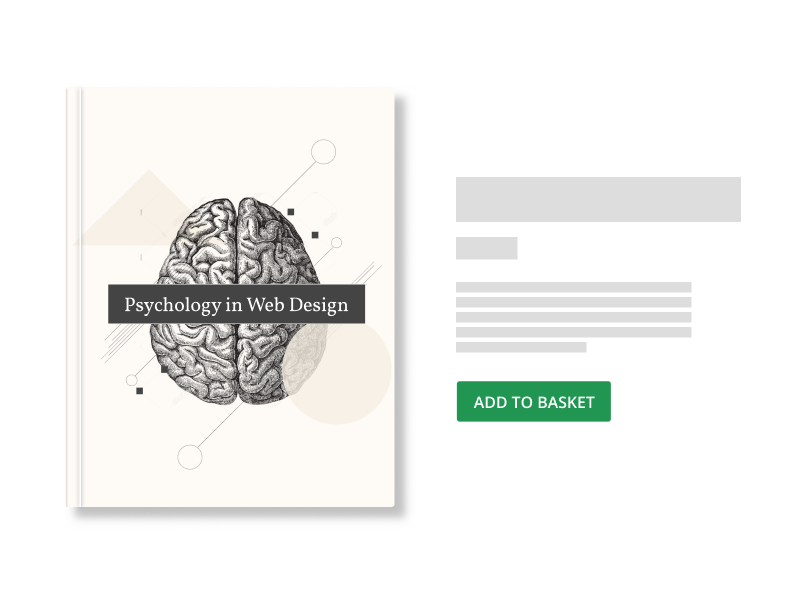Choice anxiety
The original notion of Choice Anxiety was first written about in 1844 by Danish philosopher Søren Kierkegaard in a work that translates into English as 'The Concept of Anxiety'.
Kierkegaard argued that choice induced anxiety. He cited the first anxiety experienced by man, as the choice Adam faced in whether or not to eat the fruit of the tree of knowledge. Before Adam knew that eating fruit from this tree was forbidden, there was no decision to be made - everything was allowed.


On average, a person has made 0 decisions in the time since you loaded this page
This extends to the notion of ‘Decision Fatigue’ which refers to the deteriorating quality of decisions made by an individual after a long session of decision making.
From the moment you wake up, your brain consciously or subconsciously starts making decisions. This can be anything from whether to stay in bed for another five minutes or get up, to whether to have a pudding or not or whether to do some exercise or finish this badge. It has been claimed that the average person makes 35,000 decisions a day. That’s roughly a decision every two and a half seconds.
Interestingly, major politicians and businessmen such as former US President Barack Obama, Steve Jobs and Mark Zuckerberg have been known to reduce their everyday clothing down to one or two outfits in order to limit the number of decisions they make in a day.
The same applies to your web page.
Giving a visitor too many options, can lead to choice anxiety. Allied to decision fatigue this can lead to ‘Decision avoidance’, a phenomenon identified by Christopher Anderson in his 2003 psychological bulletin ‘The Psychology of Doing Nothing: Forms of Decision Avoidance Result from Reason and Emotion’.
Put simply, give people too much choice, and too many decisions will lead them to avoiding all of them and doing nothing. In the case of your web page this means they will leave it rather than continue.

Goals in Web Design
To make sure the user experience of your site is as smooth as possible, and that choice anxiety is kept to a minimum, every web page on your site should have a purpose and it is your job to make that purpose as clear to the visitor as possible.
What do you think the primary purpose for each of the following pages is?
What is the primary purpose of
A news page?




